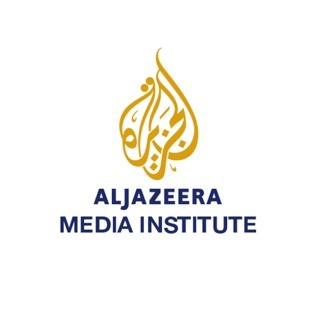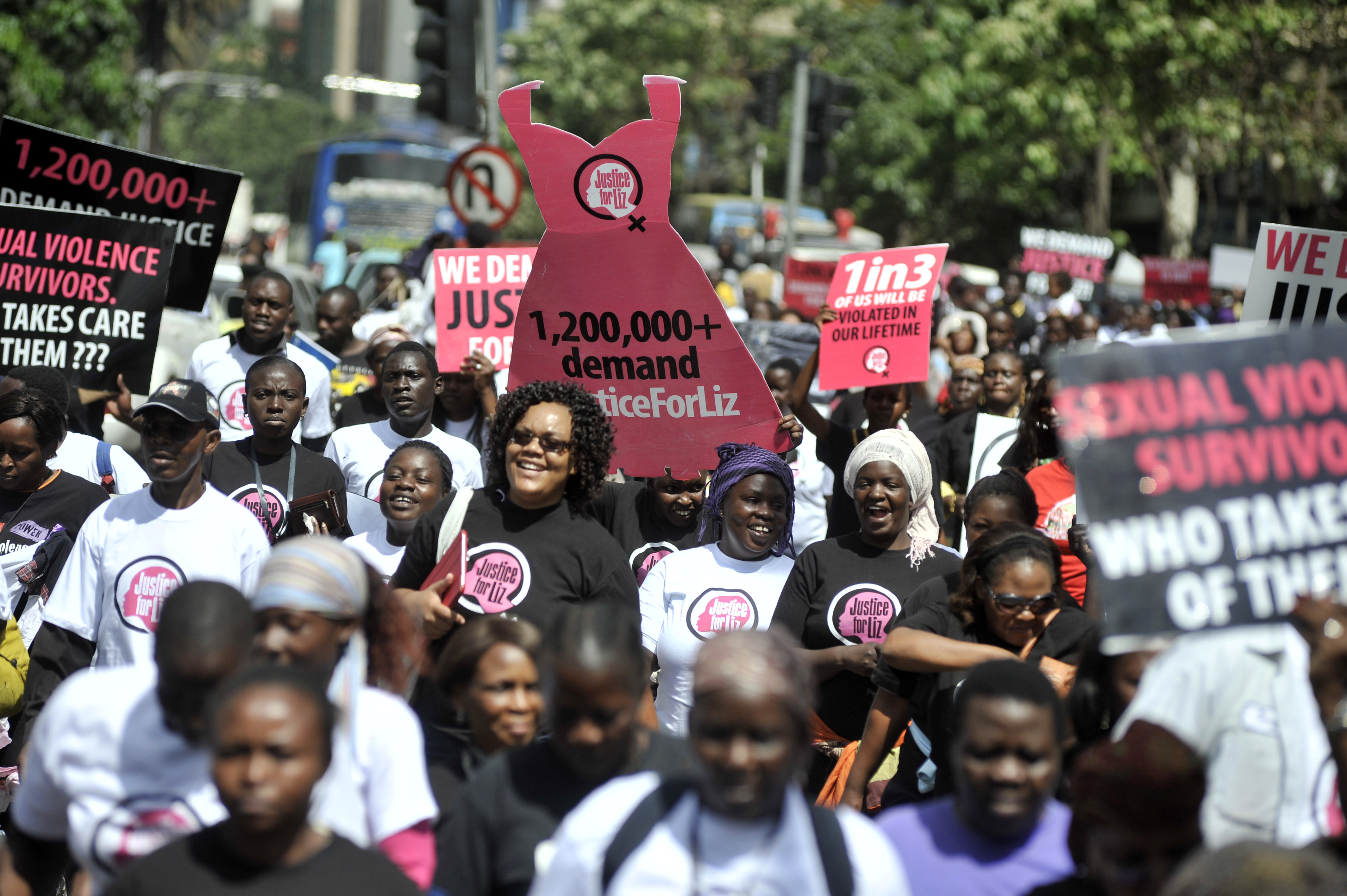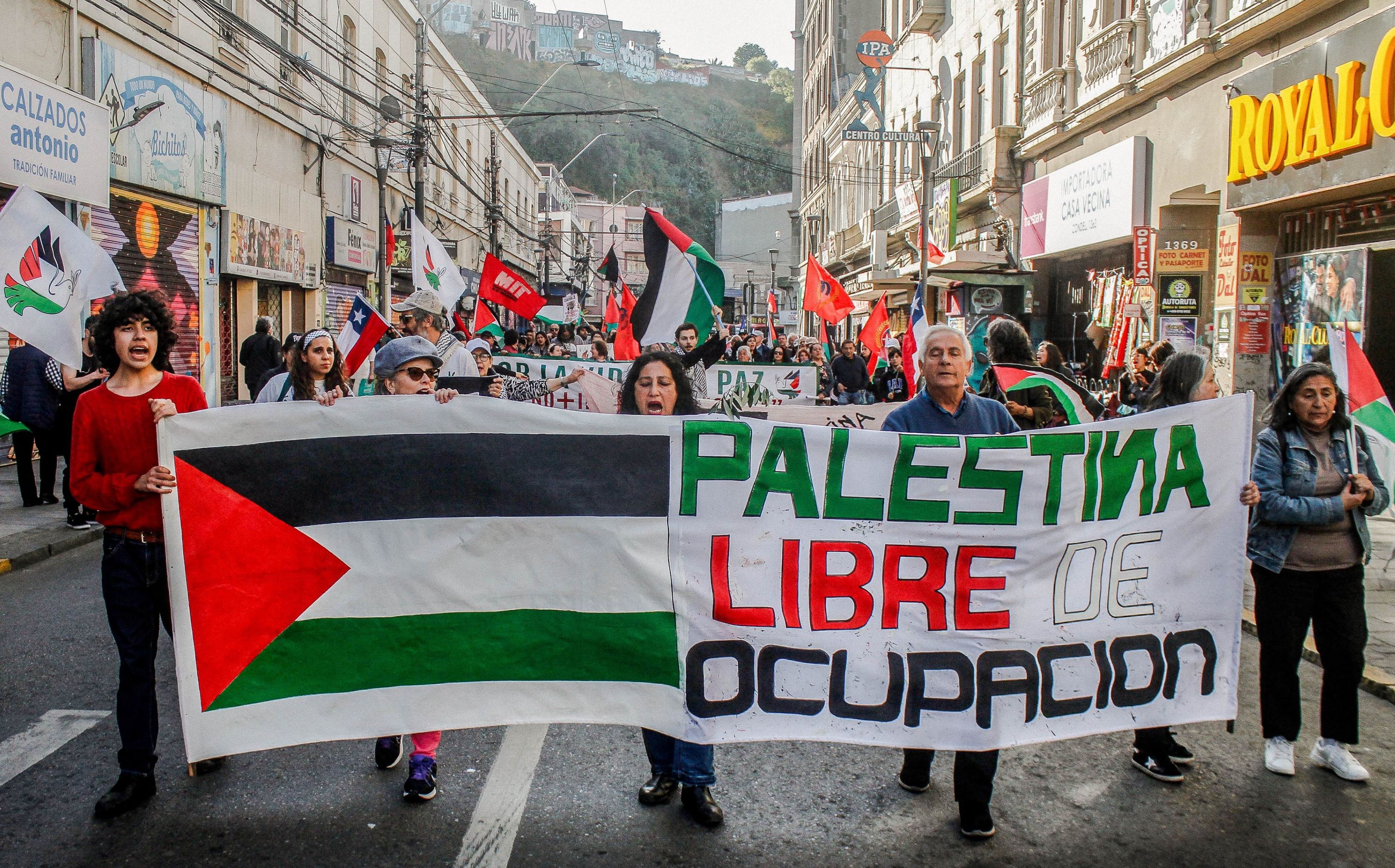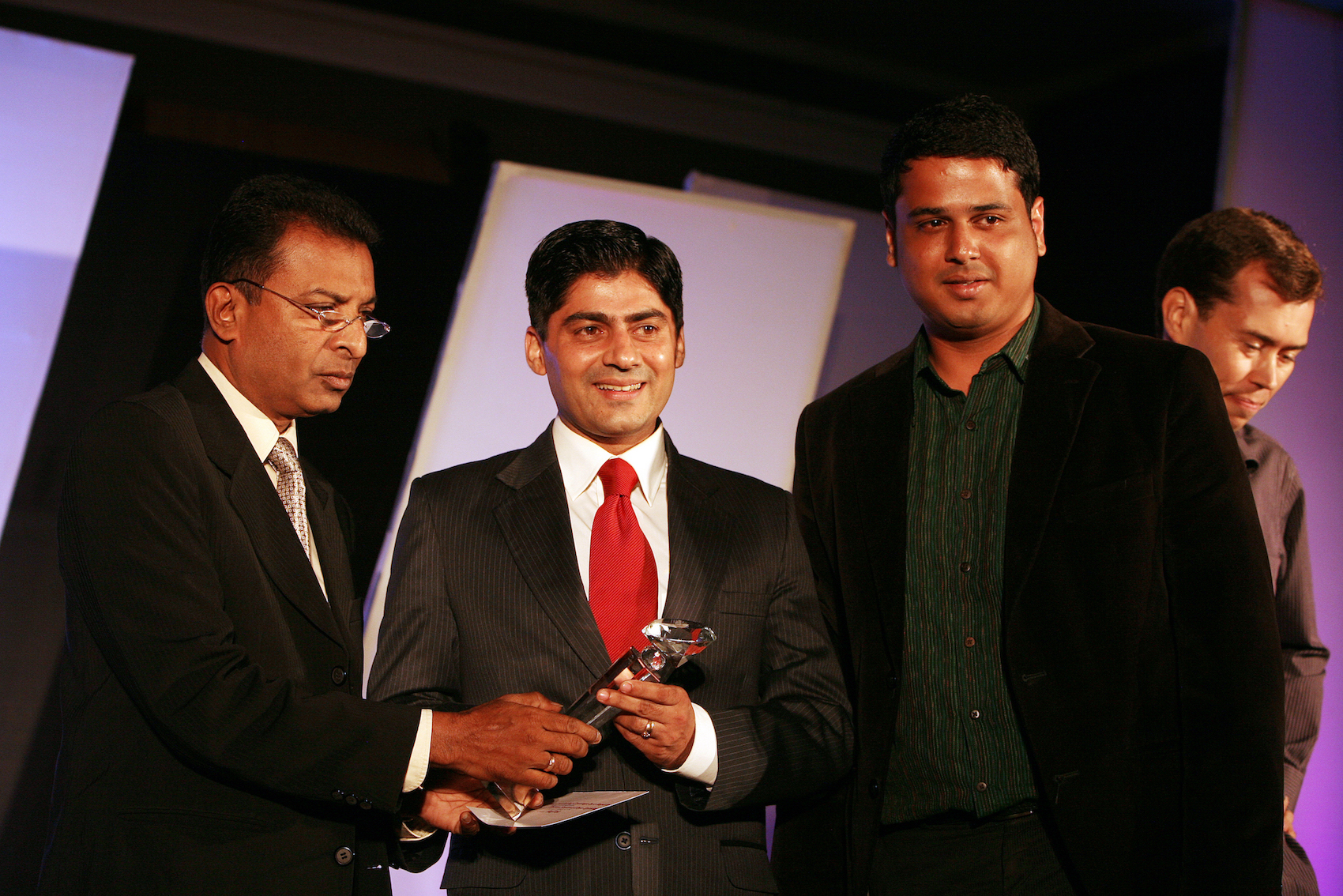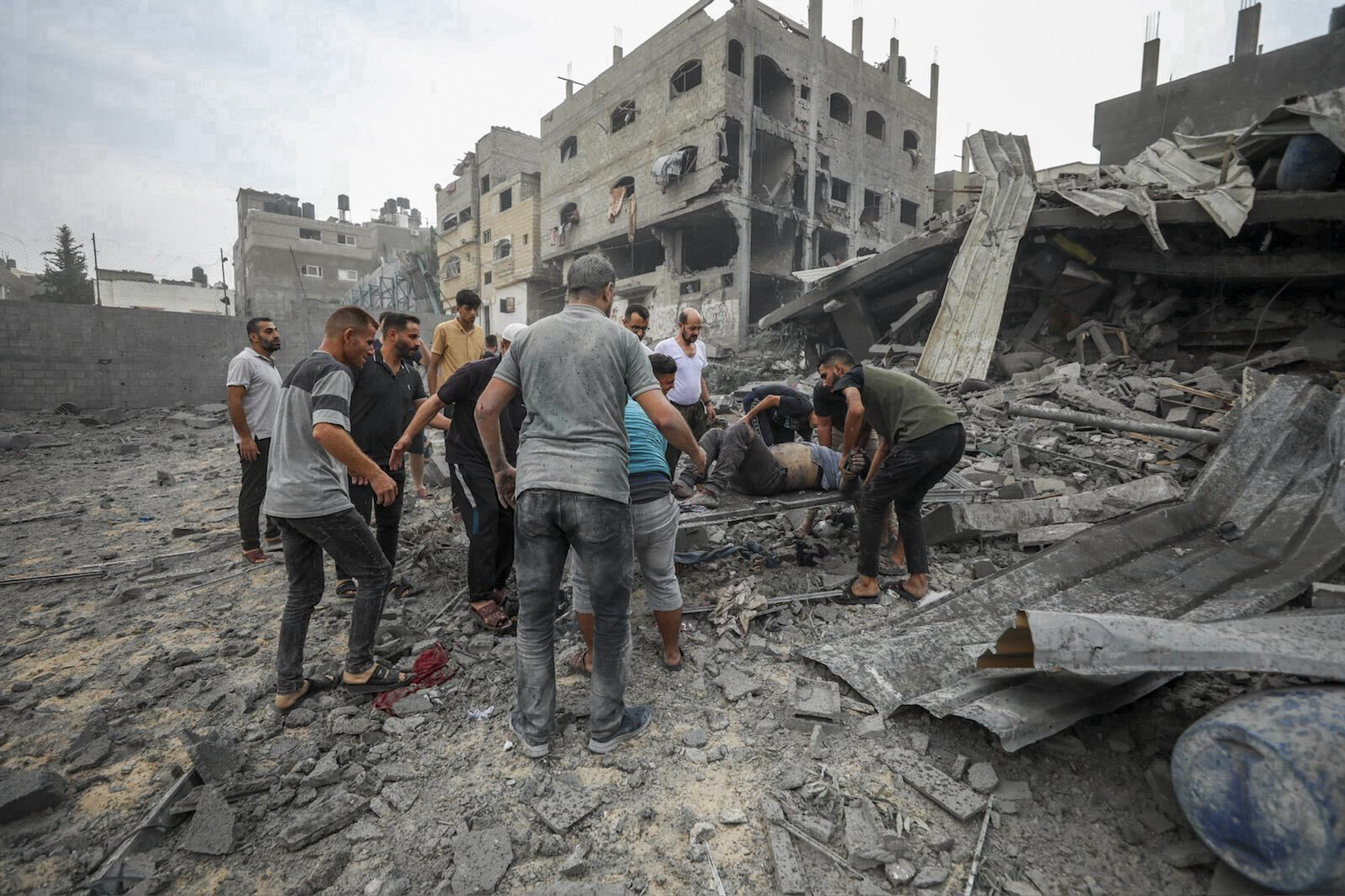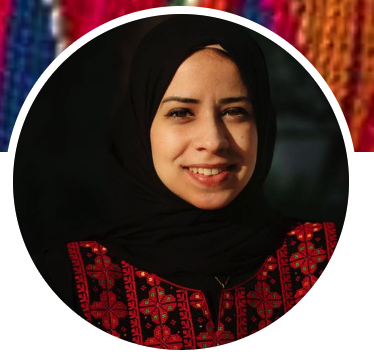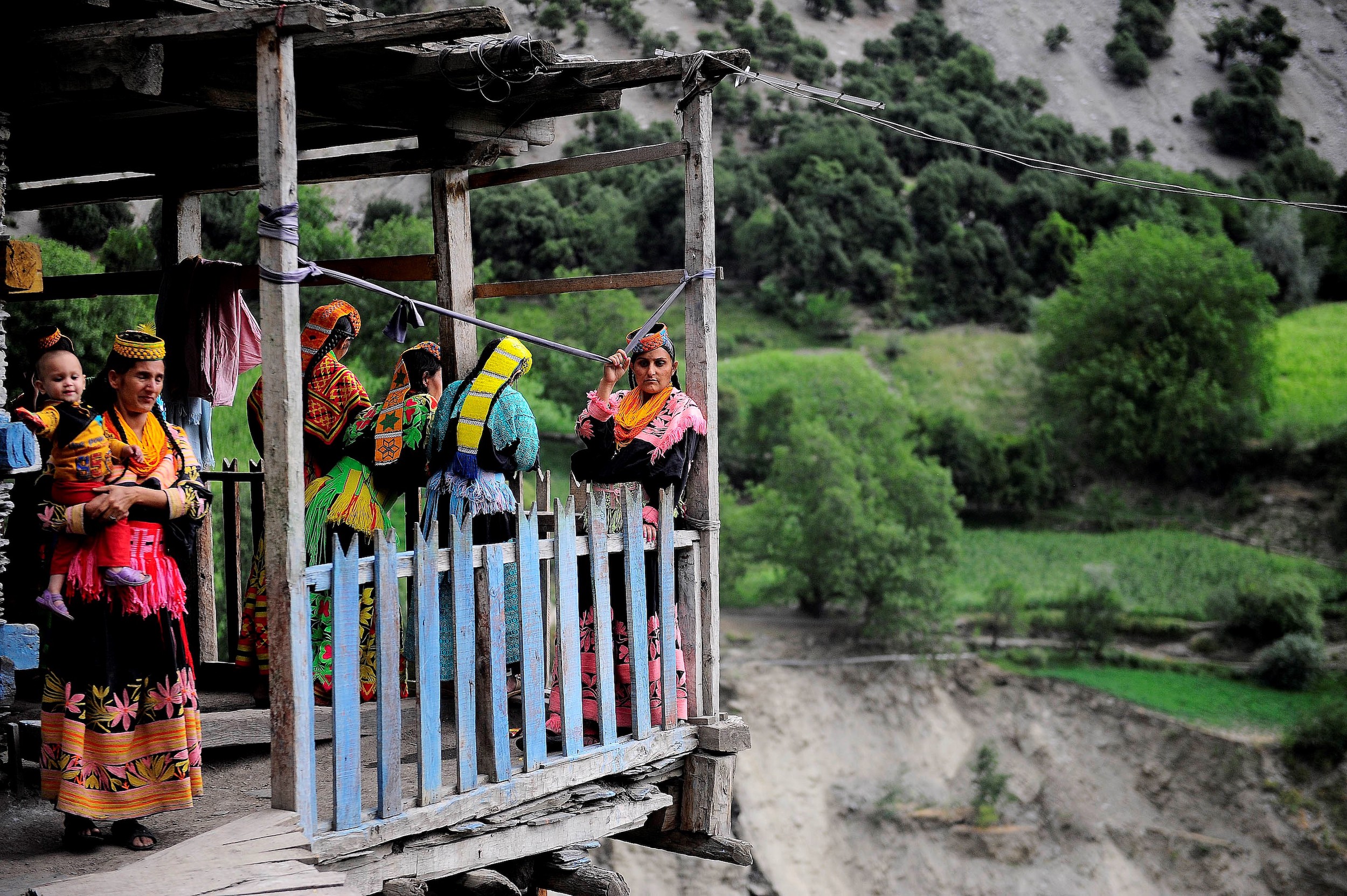يتفق الباحثون في علوم الاتصال على أن للُّغة وأساليبها تأثيرا في فهمنا للعالم من حولنا وقدرة على توجيه طريقة الوعي به والتفاعل معه. فليست اللغة ومعجمها مجرد أدوات واصفة محايدة؛ إذ عبر اختيار كلمة أو عبارة وترجيحها على أخرى يتشكل إطار يحوي طيفا من الإحالات والمعاني ويطرد أخرى، وتتكشف تحيزاتنا أو تحيزات الوسيلة الإعلامية التي نتابعها، وهو ما يشار إليه في دراسات الإعلام بمصطلح "التأطير".
وفي التقرير الصادر أخيرا عن المركز البريطاني للرقابة على الإعلام (CfMM)، يظهر بوضوح تجنُّد الإعلام البريطاني السائد لتوجيه الرأي العام بما يضمن تعزيز التعاطف مع طرف (هو إسرائيل) على حساب آخر، (وهو الضحية الفلسطيني)، في تخلّ يكاد يكون كاملا عن المعايير المهنية الأساسية من توازن ودقة وموضوعية.
في التقرير الصادر أخيرا عن المركز البريطاني للرقابة على الإعلام يظهر بوضوح تجنُّد الإعلام البريطاني السائد لتوجيه الرأي العام بما يضمن تعزيز التعاطف مع طرف (هو إسرائيل) على حساب آخر، (وهو الضحية الفلسطيني)، في تخلّ يكاد يكون كاملا عن المعايير المهنية الأساسية.
يعدّ التأطير من أخطر الممارسات الإعلامية وأشدها تأثيرا؛ نظرا إلى السلطة الضمنية التي يمارسها على المتلقي فتدفعه إلى التفكير بالخبر ضمن سياج من التحيزات الإقناعية التي يقيمها هذا الإطار بعُدّة صياغية ومصطلحية متسقة مع غاية اتصالية محددة، تضمن -بوعي أو بلا وعي- إثارة التحيزات والتفاعلات الذاتية نفسها لدى المتلقي، وتفسير الأخبار على نحو يضمن استثمار دلالتها ومنطقها الأخلاقي، بصرف النظر عن حقيقة شرعيتها الموضوعية.
وبعد تحليل أكثر من 25 ألف مقال من 28 صحيفة وموقع إخباري في بريطانيا، وحوالي 176 ألف مقطع مصور من 13 قناة تلفزيونية بريطانية، تبينت للباحث تلك الاختيارات التحريرية الممنهجة التي تدخل في باب تأطير الأخبار المتصلة بالحرب الإسرائيلية على غزة، وفي مقدمتها الالتزام بالإشارة إليها بعبارة "حرب إسرائيل-حماس" (Israel-Hamas war) أو "النزاع بين إسرائيل وحماس" (Israel-Hamas conflict)، وقد تكررت 2600 مرة في الفترة التي غطاها البحث؛ أي بين 7 أكتوبر و8 نوفمبر 2023، في مقابل 1350 مرة ذُكِرت بها عبارة "حرب إسرائيل-غزة" (Israel-Gaza war) أو "الهجوم على غزة" (assault on Gaza)، هذا مع استثناء ما ورد في قناة الجزيرة الإنجليزية، وإلا فإن الرقم سيرتفع إلى 1481 مرة.
من أساليب التأطير الأخرى التي اتبعتها وسائل الإعلام موضوع البحث في تغطية الحرب على غزة هو أسلوب التصدير؛ إذ توضع الرواية الإسرائيلية في الصدارة وتُنزع عنها مختلف عوامل اللبس والتشكيك، بخلاف الرواية المقابِلة التي لا تأتي متأخرة وحسب، بل مقيّدة وملتبِسة أيضا، عبر التشكيك بمصادرها.
إن هذه الممارسة الممنهجة والمتفق عليها ضمنا تهدف إلى حصر النطاق التفاعلي مع المحتوى الخبري المتصل بهذه الحرب عبر إطار يفيد أنها ليست إلا حربا تخوضها إسرائيل (الدولة) مع حركة هي حماس (التي تُتَّهم من قبل داعمي إسرائيل بالإرهاب). وهكذا، فإن انتقاء هذا التعبير المفتاحي في هذه الحالة يؤدي الوظيفة التفاعلية المنشودة وفق الأجندة التي تتبناها وسائل الإعلام البريطانية، ألا وهي اعتبار الضحايا الفلسطينيين كلهم "أضرارا جانبية" لهذه الحرب، ما دام طرف ما "متحضر" يشنها على طرف آخر نُزِعت عنه وعن حاضنته الشعبية أهلية التعاطف والتضامن.
هنا يذكر الباحث مثالا بارزا على المحاولة المستمرة لتأطير هذه الحرب بوصفها حربا إسرائيلية على حماس لا على الفلسطينيين ووجودهم في قطاع غزة وحقهم في مقاومة المحتل، وذلك في مقابلة أجرتها بي بي سي مع الباحثة الأمريكية الفلسطينية نورا عريقات. تستهل المذيعة تلك المقابلة بقولها: "والآن نعود معا إلى متابعة مجريات حرب إسرائيل على حماس"، علما أن المقابلة حصلت في لحظة تجاوز فيها عدد الضحايا الفلسطينيين 10 آلاف شهيد وشهيدة. إلا أن عريقات استدركت على المذيعة مباشرة وردت: "هذه ليست حربا، ولا هي حرب على حماس، هذه حملة إبادة تستهدف الشعب الفلسطيني وتدمر منابع حياتهم لتقويض قدرتهم على الصمود".
الضحية الإسرائيلية أولا
من أساليب التأطير الأخرى التي اتبعتها وسائل الإعلام موضوع البحث في تغطية الحرب على غزة هو أسلوب التصدير؛ إذ توضع الرواية الإسرائيلية في الصدارة وتُنزع عنها مختلف عوامل اللبس والتشكيك، بخلاف الرواية المقابِلة التي لا تأتي متأخرة وحسب، بل مقيّدة وملتبِسة أيضا، عبر التشكيك بمصادرها. كما يحصل ذلك عبر إستراتيجية التأطير التذكيري، عبر التذكير المستمر بـ"حق" إسرائيل في الدفاع عن نفسها، والتغاضي المقصود عن كونه حقا مزعوما؛ ذلك أنها دولة محتلة للأراضي الفلسطينية، وأن الحق الذي يكفله القانون والأعراف الدولية في هذا السياق هو الحق في المقاومة.
وبلغة الأرقام، فإن التأكيد على "حق إسرائيل" قد رُصد في 1482 مناسبة على الهواء، في حين لم يجر التطرق إلى حق الفلسطينيين سوى 278 مرة. وكان لقناة الجزيرة الإنجليزية ثم بي بي سي السهم الأكبر في هذا الرقم، علما أنه في العديد من المواضع الأخرى، ولا سيما في القنوات ذات الاتجاهات اليمينية، كان يشار إلى ذلك بشكل خبري عارض، نقلا عن آخرين، وليس اتباعا لإستراتيجية تأطير للتغطية لصالح الرواية الفلسطينية.
يسلط التقرير الضوء أيضا على إستراتيجية أخرى لهذا النوع من التأطير في الصحف المطبوعة في بريطانيا، تتمثل في استخدام الصور التي تؤكد الاصطفاف وراء رواية الاحتلال.
يسلط التقرير الضوء أيضا على إستراتيجية أخرى لهذا النوع من التأطير في الصحف المطبوعة في بريطانيا، تتمثل في استخدام الصور التي تؤكد الاصطفاف وراء رواية الاحتلال، سواء في عرض صور لعمليات الجيش الإسرائيلي في غزة، والعناوين الرئيسية التي تلفت النظر بعيدا عن الكارثة الإنسانية المترتبة عليها، واختيار الصور التي يختفي فيها الضحايا الفلسطينيون على نحو يستبطن احتقار قيمة حياتهم.
فحتى عند اختيار صورة يفترض أن تدل على وحشية القصف الإسرائيلي على المناطق المأهولة بالسكان، فإن العناصر اللغوية المحيطة بالصورة لا تعبر عن ذلك، بل وتعيد توجيهها وتأطيرها لخدمة رواية الاحتلال. من الأمثلة التوضيحية البارزة التي عرضها التقرير الصفحةُ الأولى على "ديلي إكسبرس" في تاريخ 10 أكتوبر 2023، حين استخدَمَت الصحيفة صورة قصف إسرائيلي عنيف لمبنى مدني في غزة، إلا أن التأطير اللغوي للصورة كان مضلِّلا وبعيدا عن مقتضاها الظاهر، وهو مثال على "التأطير المبطل" (annihilating framing)؛ فعلى رأس الصورة كُتِب بخط صغير إن إسرائيل "في حرب مع حماس"، بينما كان العنوان العريض عن تعهد رئيس الوزراء البريطاني بأن "الإرهاب لن ينتصر"، في إشارة إلى "إرهاب" حماس.
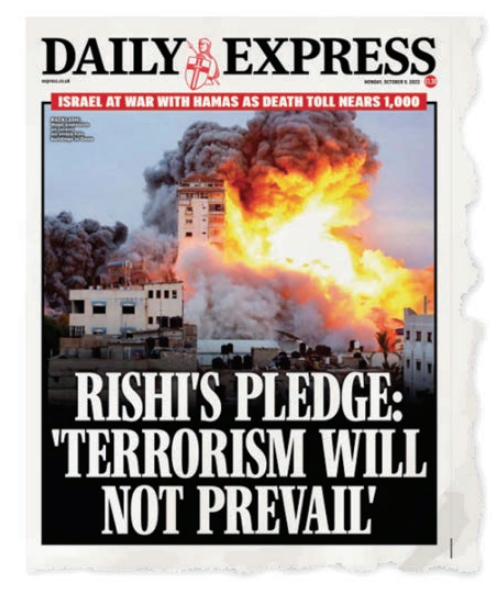
أما المثال الأكثر فظاظة، فقدمته التايمز البريطانية، التي أعادت إنتاج الادعاء الإسرائيلي-الأمريكي بشأن الاعتداء على الأطفال في 7 أكتوبر عبر مانشيت يقول: "إسرائيل تعرض صور أطفال تعرضوا للتشويه"، أما الصورة المرافقة أسفل ذلك العنوان فكانت لأطفال ضحايا في إحدى المستشفيات في غزة، مع تعليق بخط صغير في الزاوية السفلية من الصورة يقول: "الأبرياء يعانون من الطرفين".
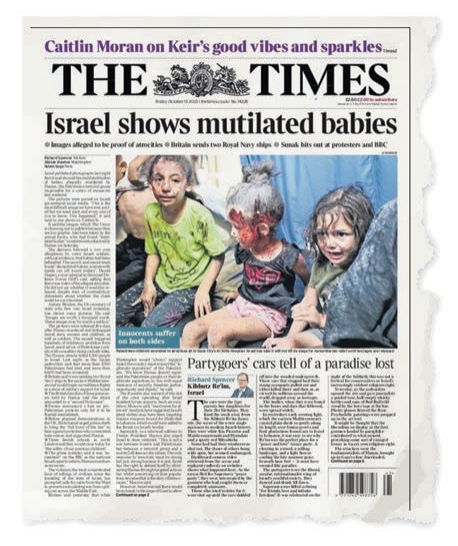
إن الهدف من اتباع هذه الآليات التأطيرية هو تلطيف ما يستحق الاستنكار في سياق تغطية حرب راح ضحيتها حتى الآن زهاء 32 ألف شهيد، وغلق المجال أمام أي تعاطف مع ضحايا القصف الإسرائيلي العشوائي، حتى لو كانوا من الأطفال، بغية شرعنة الحرب عليهم وتطبيعها. وفي حين يحذر هذا التقرير من الحصاد المرير لمثل هذه الممارسات في الإعلام البريطاني، فإنه يعدها من علامات الانحطاط في البيئة الإعلامية المهيمنة والسائدة التي تقوض القيم العليا للصحافة وتنحرف عن أخلاقياتها، سعيا وراء صناعة إجماع لدعم حرب غير متكافئة منظورة في محكمة العدل الدولية باعتبارها ترقى إلى إبادة جماعية، ولو تطلب ذلك دفن الحقائق الموضوعية كافة وراء طبقة من الأكاذيب والإستراتيجيات المضللة.
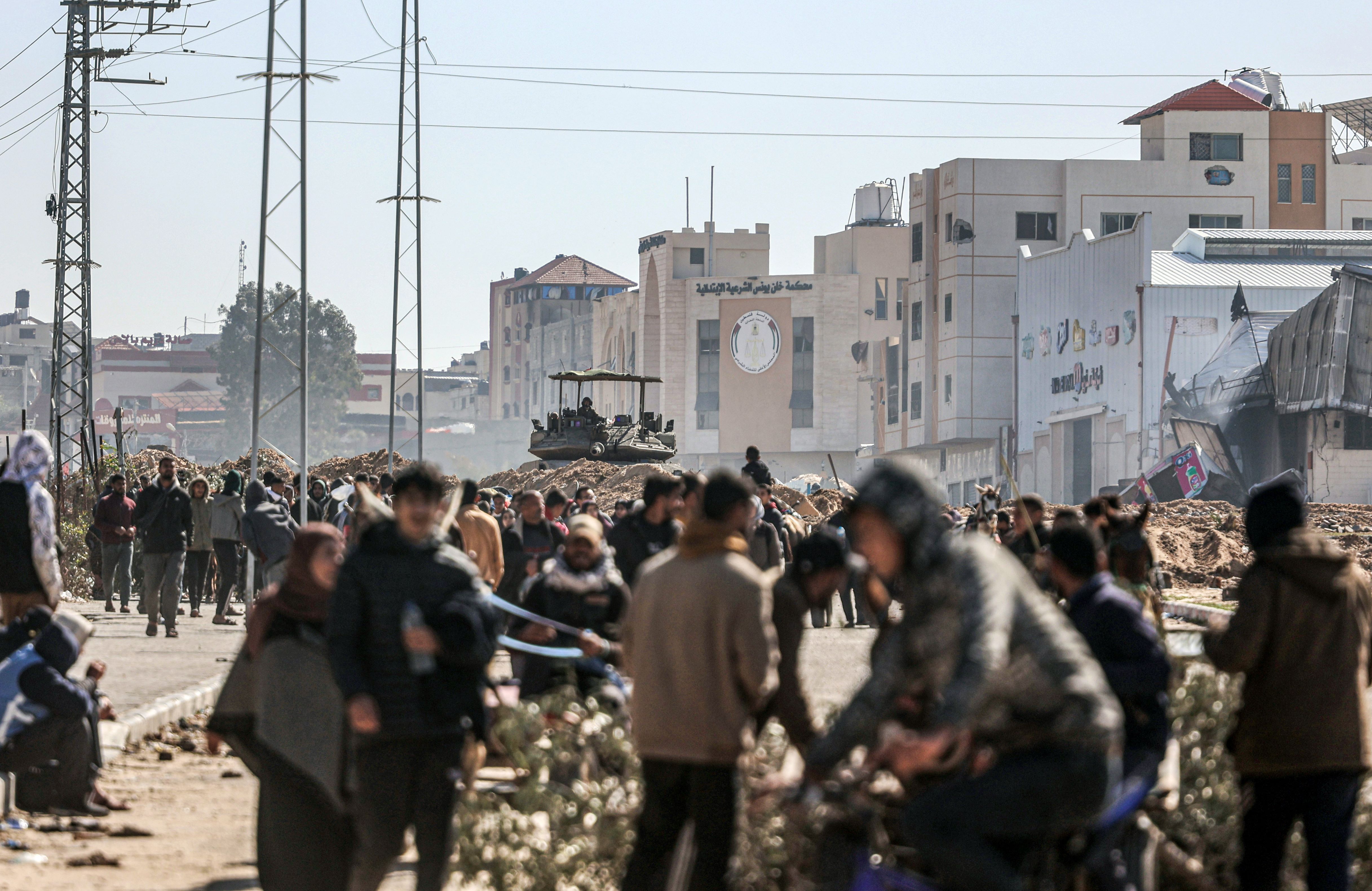

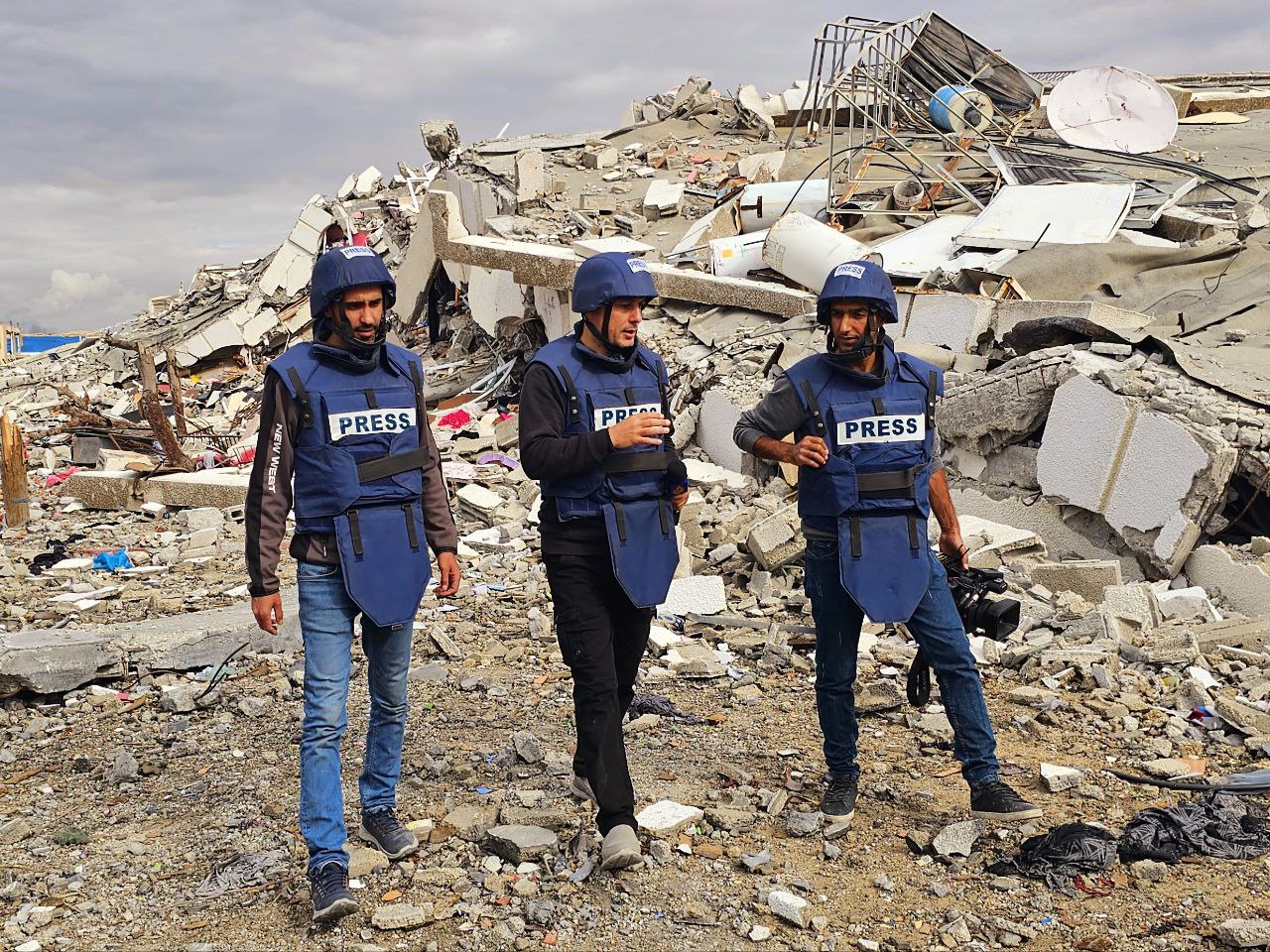

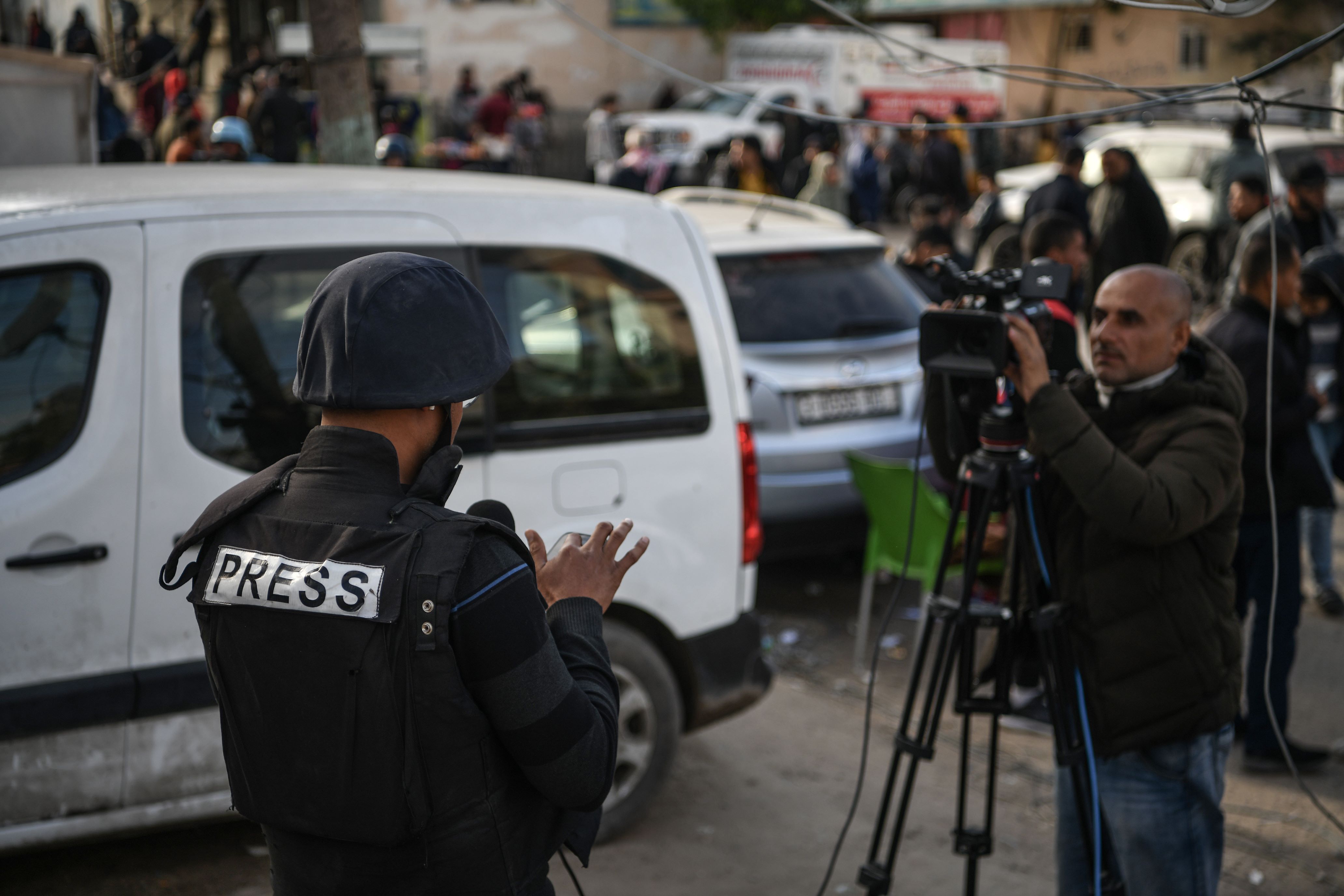

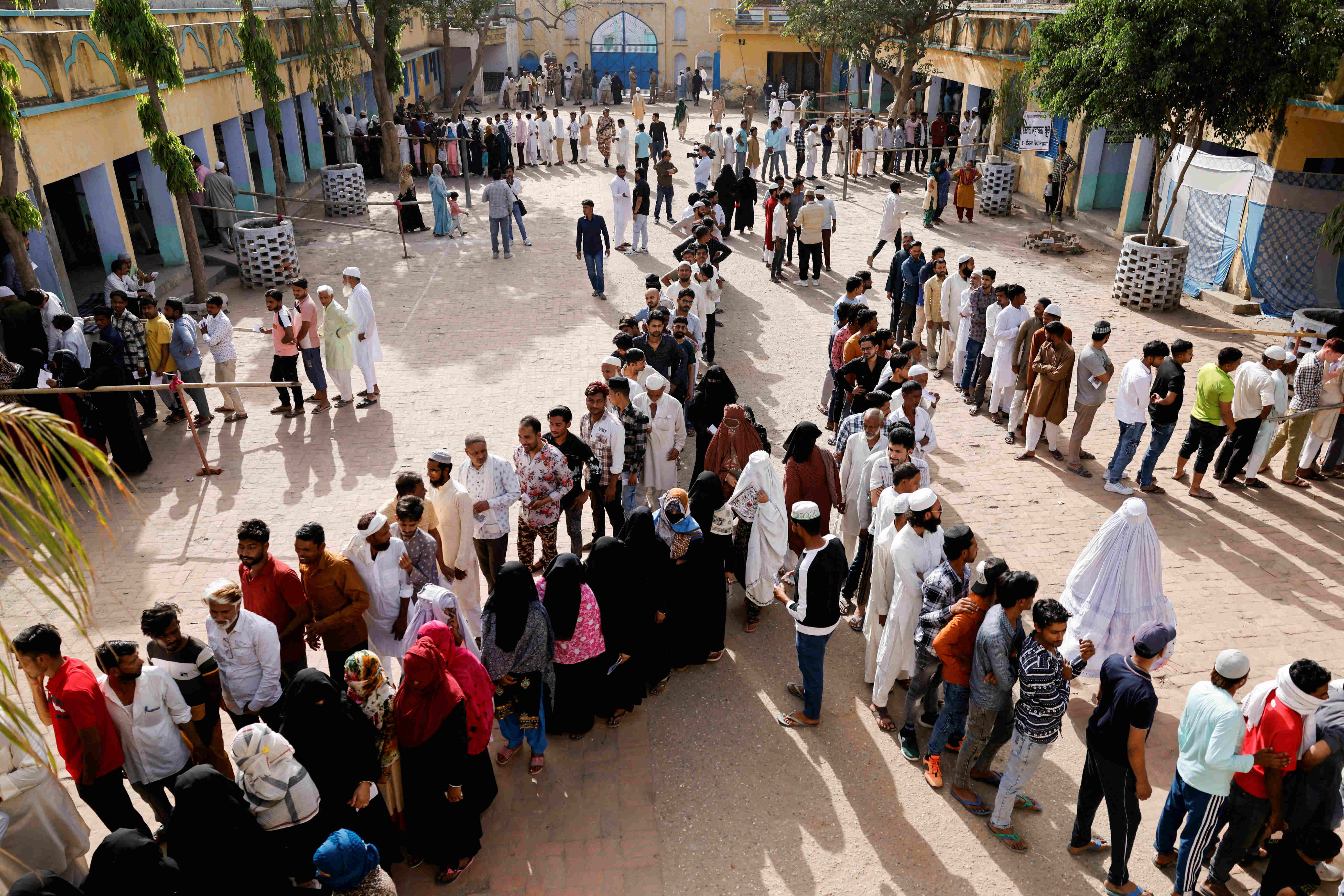

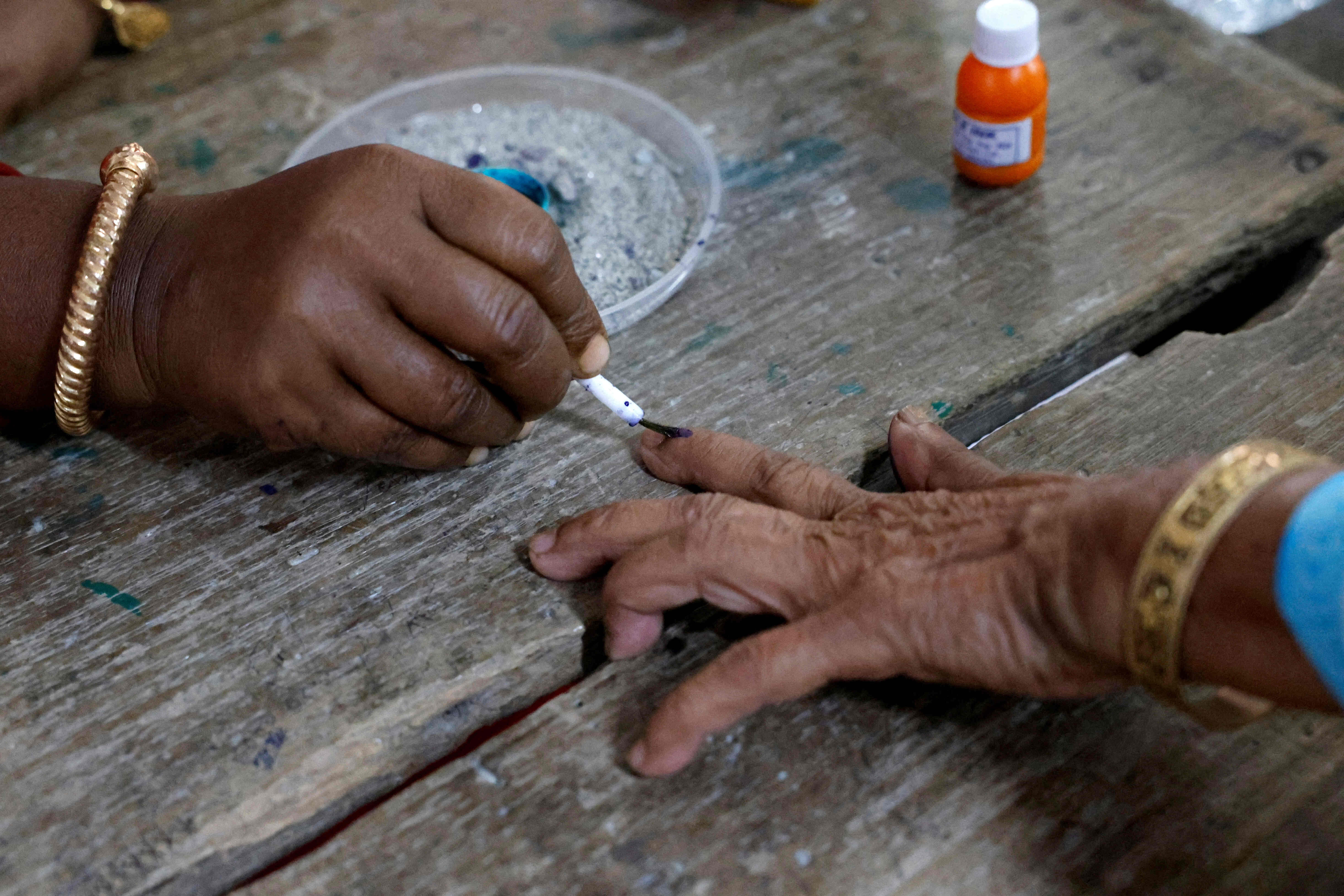

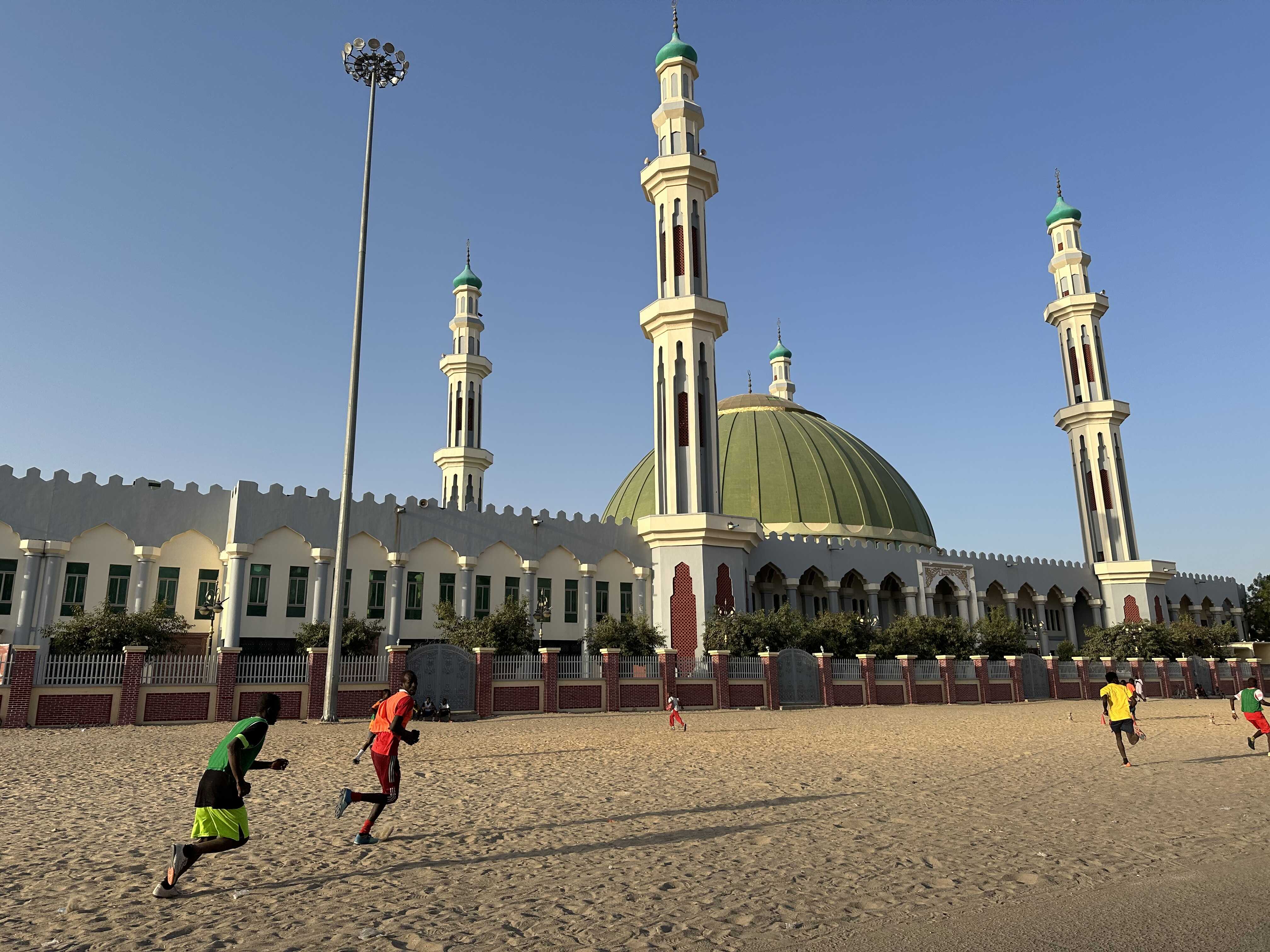

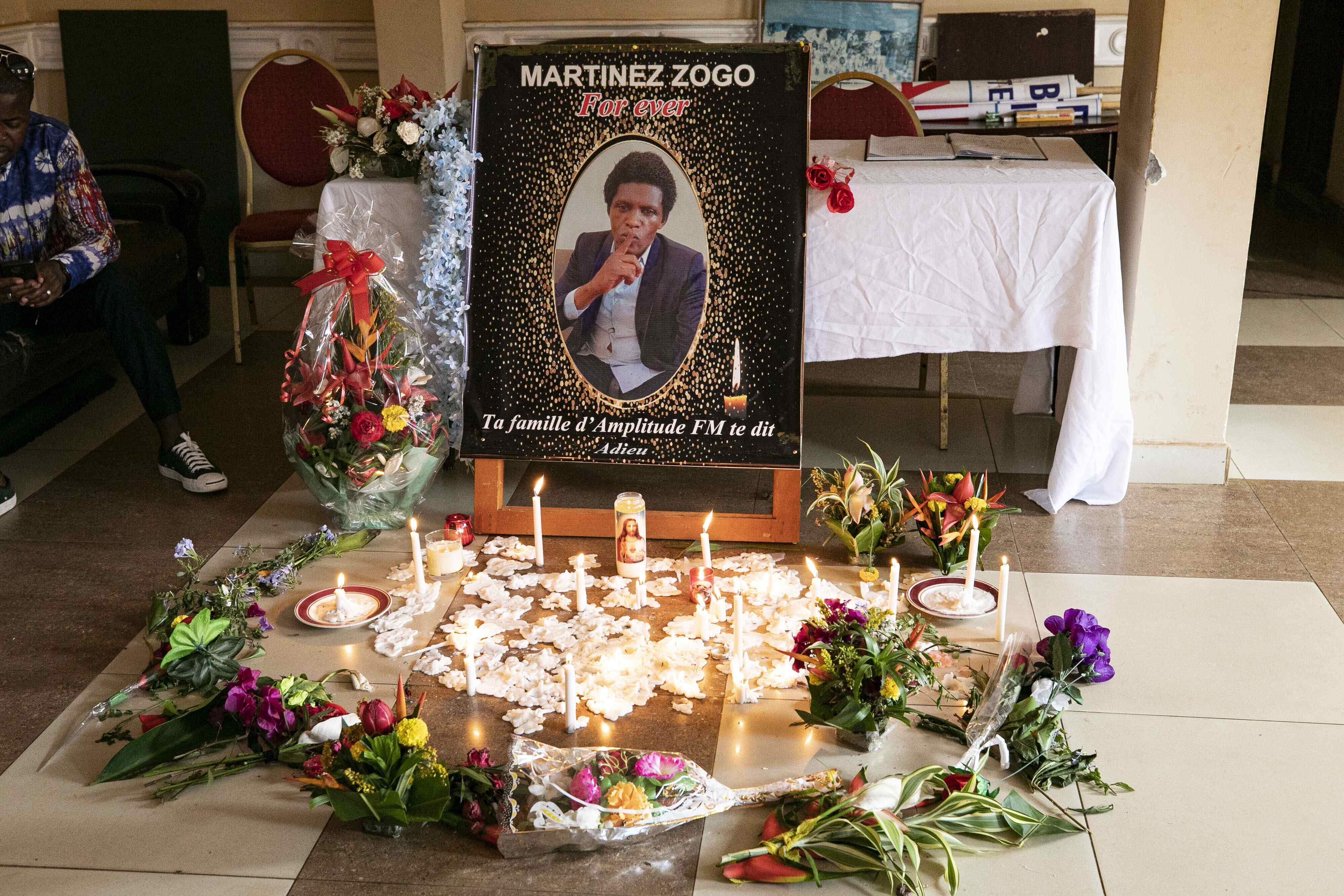

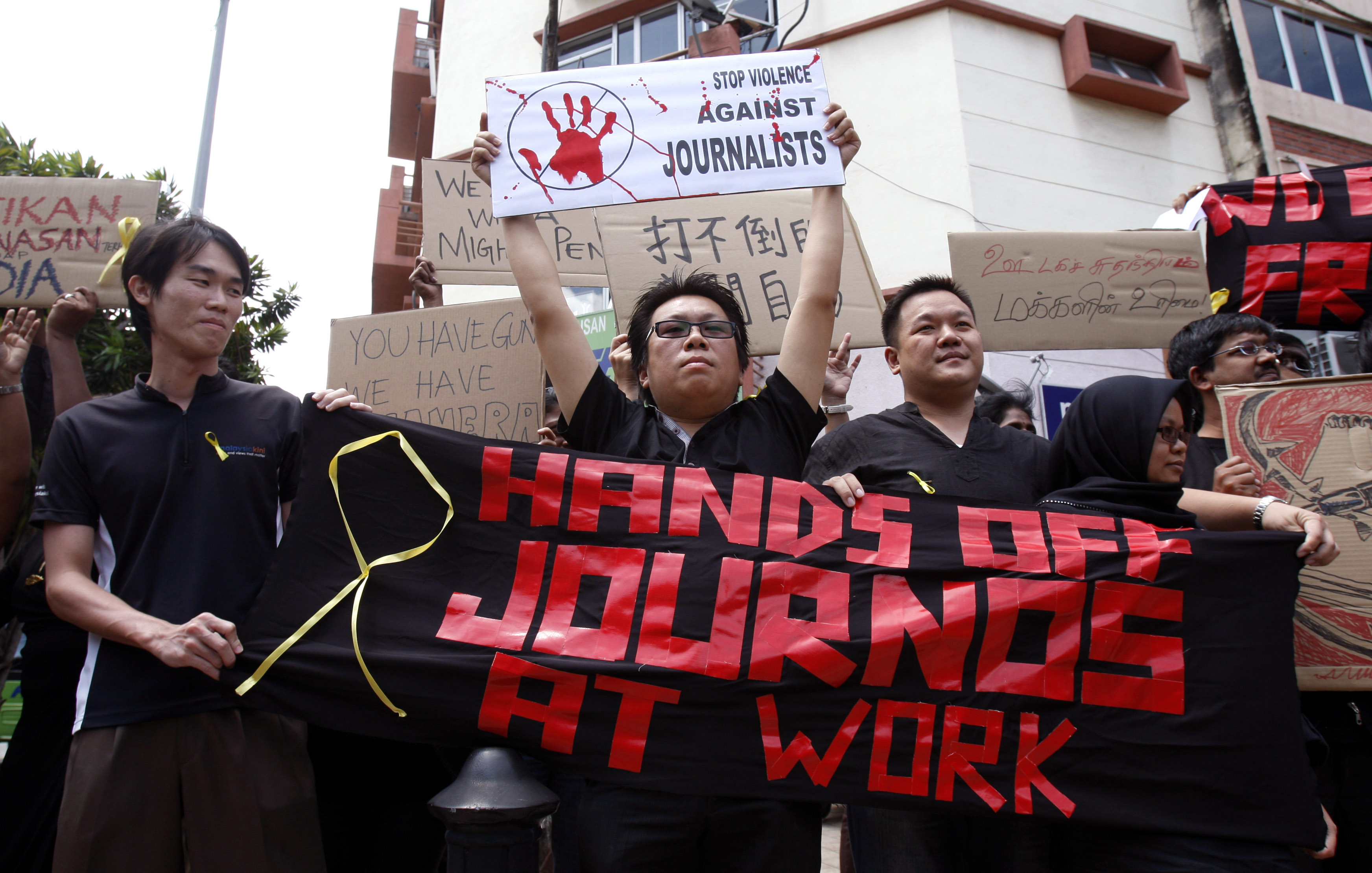


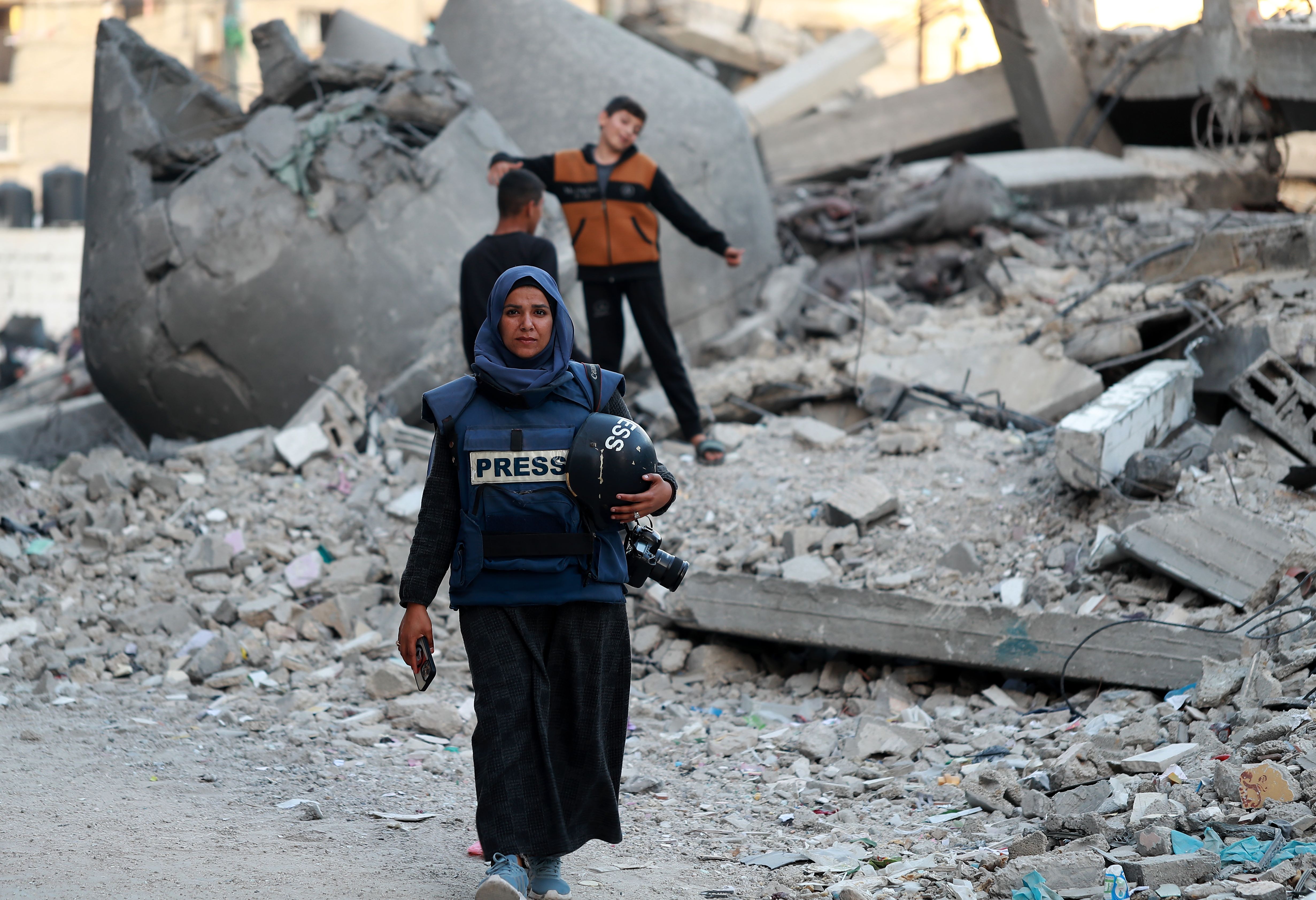



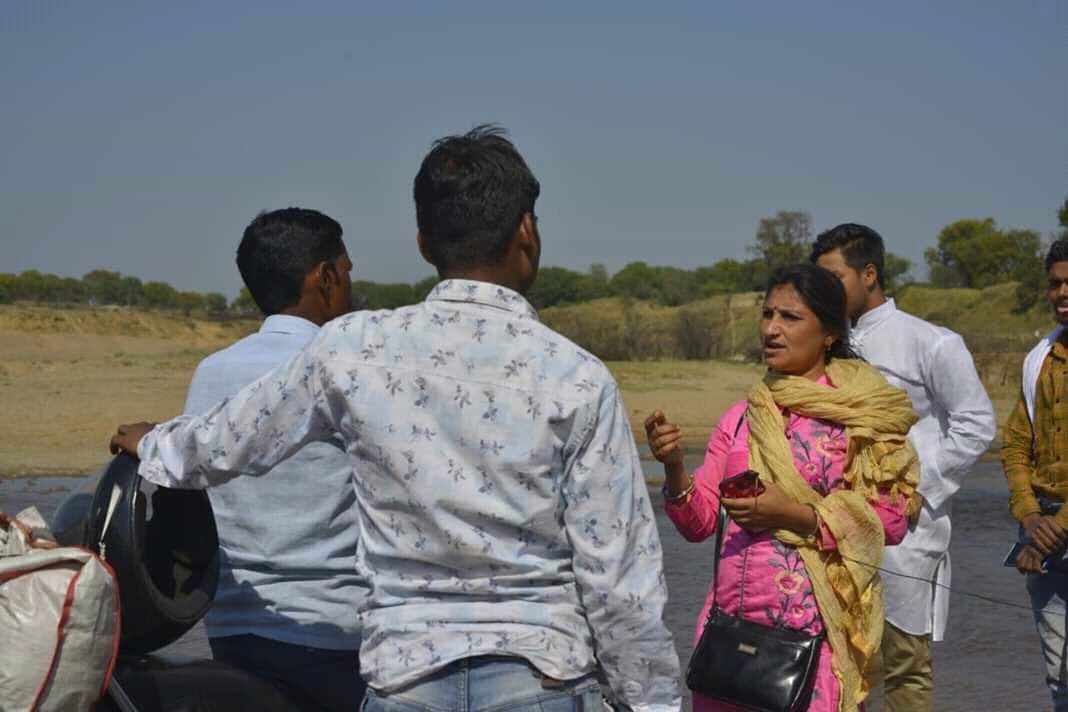


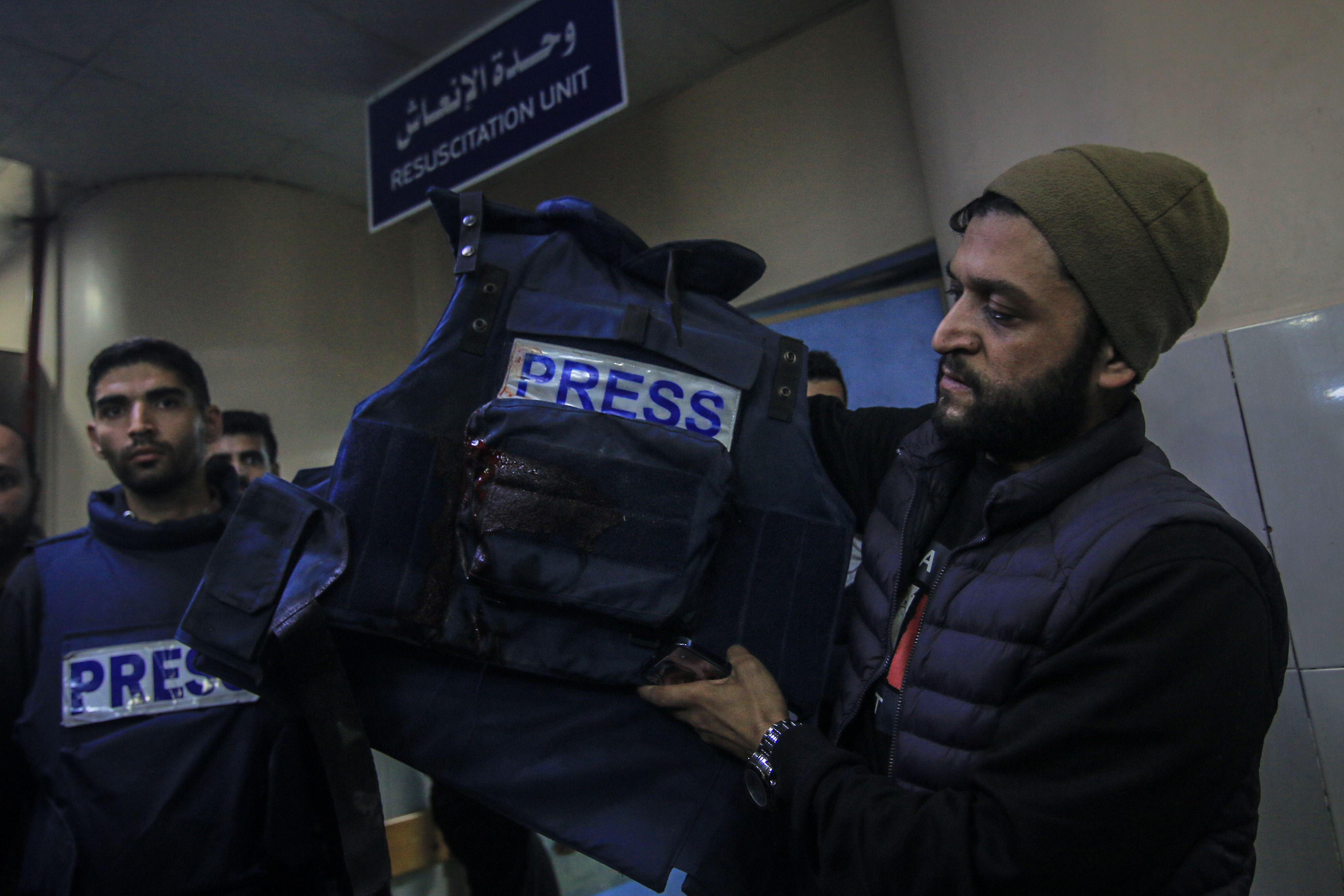
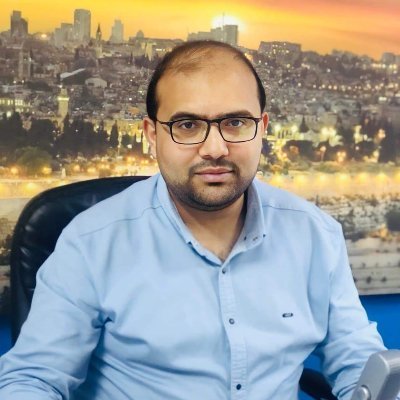

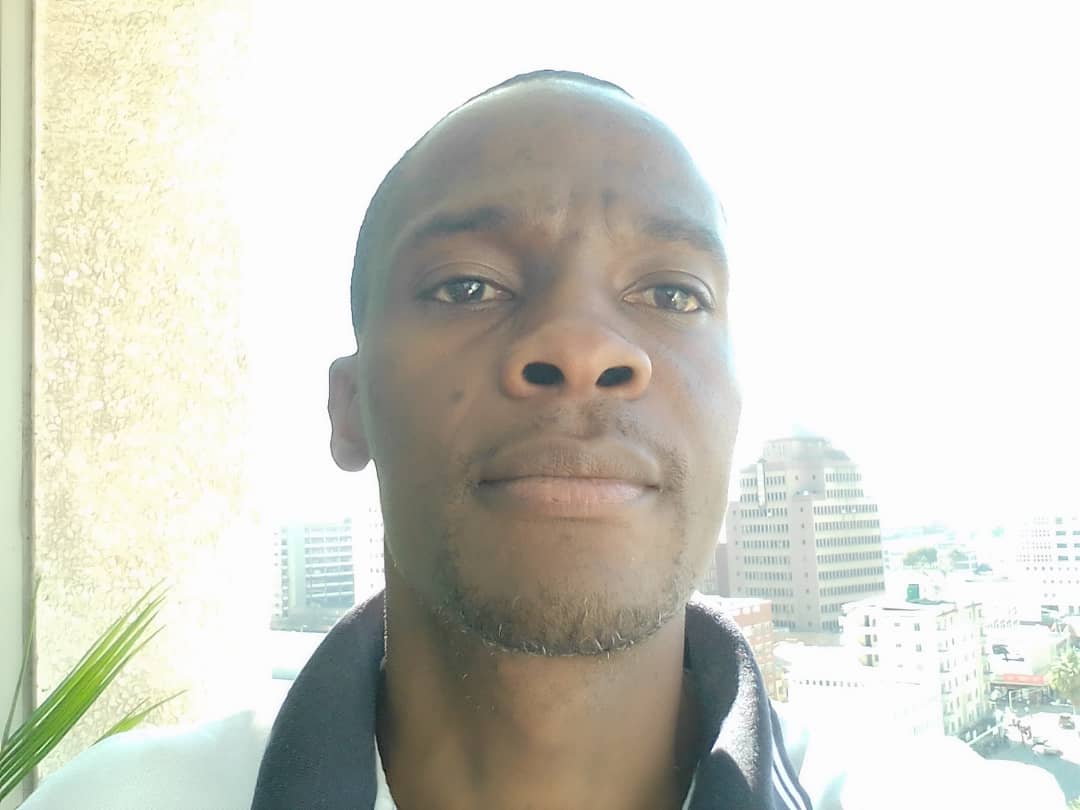
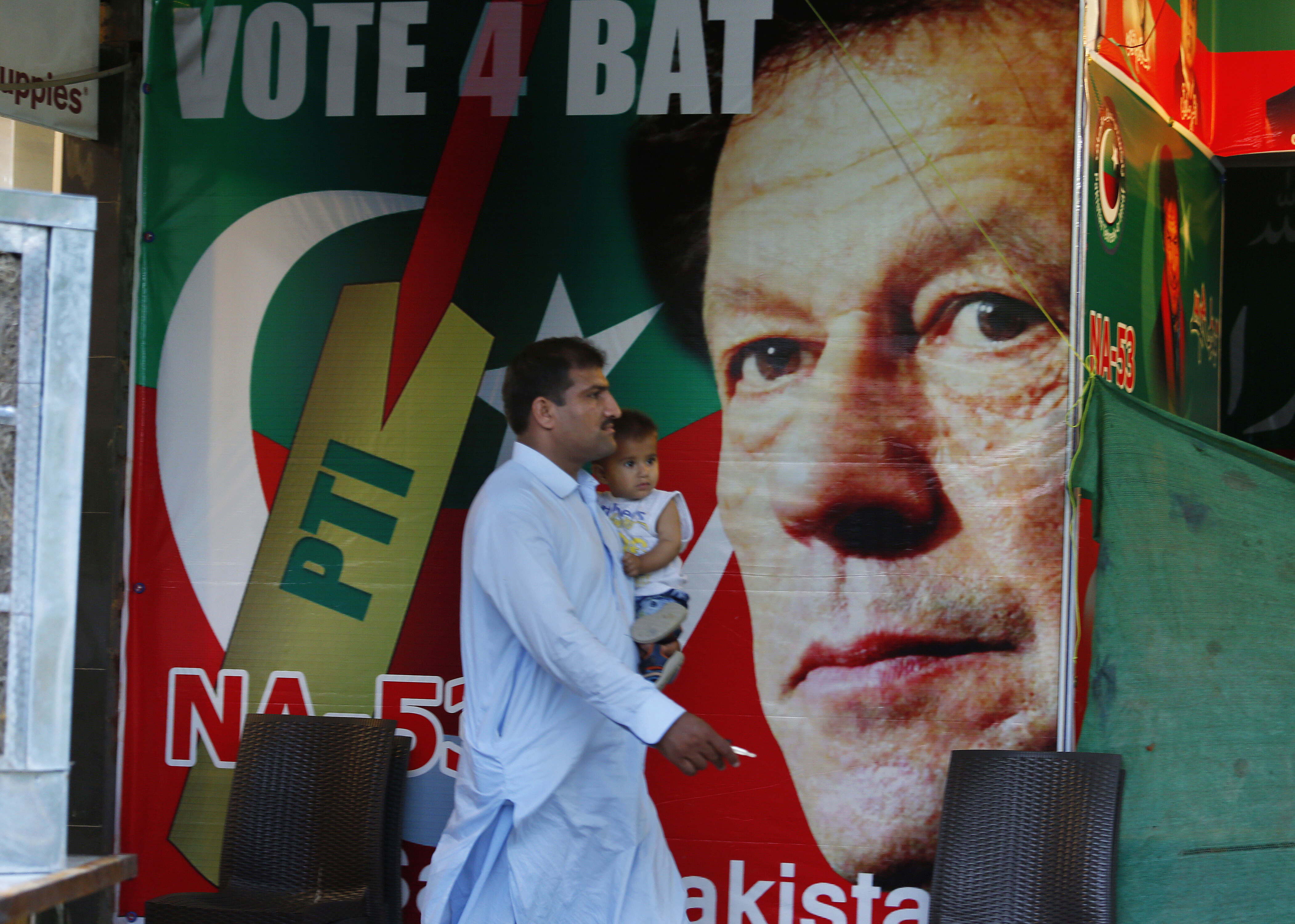


![A demonstration against Israel's war on Gaza on Paulista Avenue in São Paulo on November 4, 2023, draws attention to the deaths of children while the media focuses on the war against terrorists. [Photo: Lina Bakr]](/sites/default/files/ajr/2024/Picture1.png)
